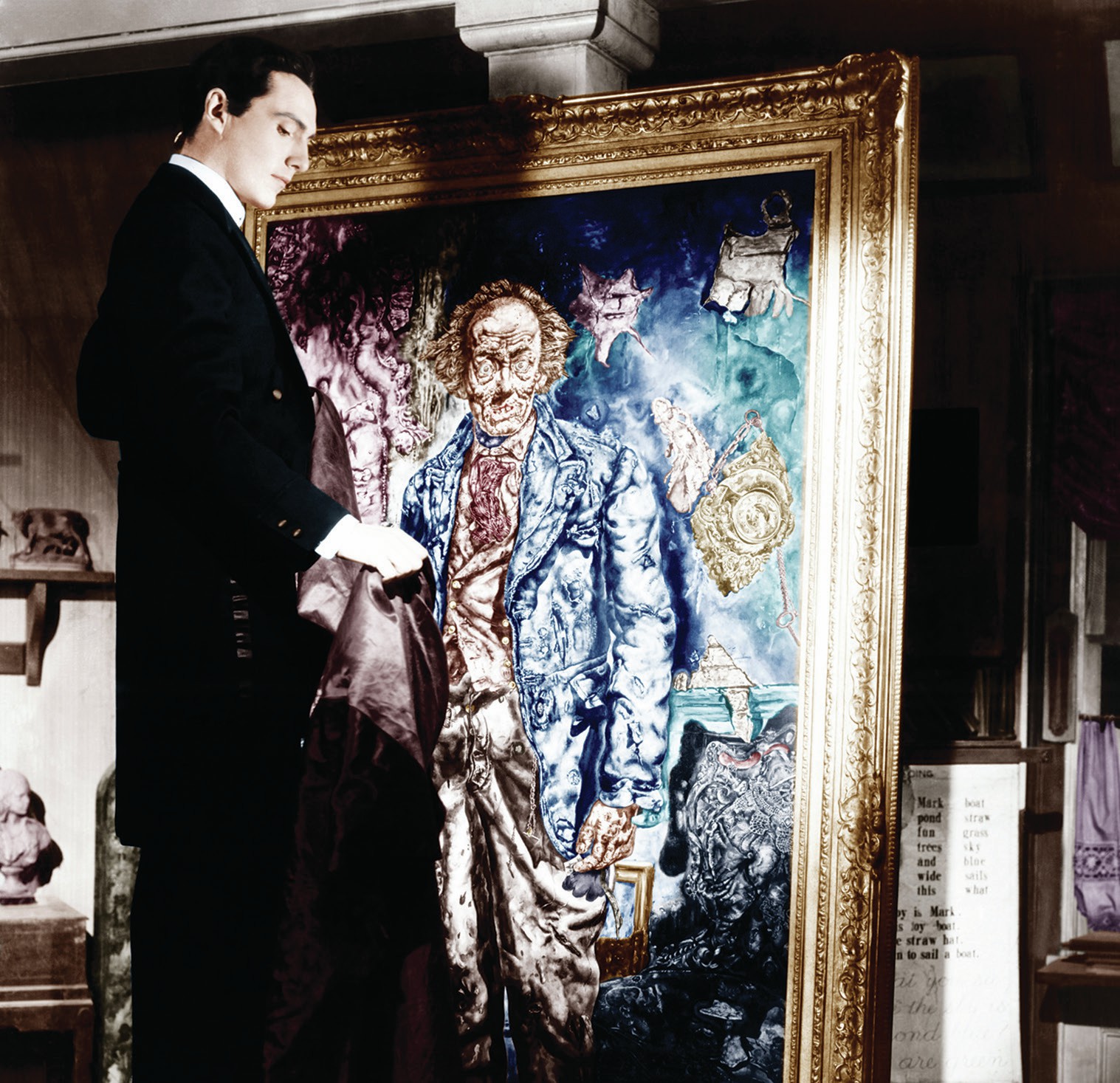
Much has been written about both Oscar Wilde and his novel The Picture of Dorian Gray (1891). Despite decades of infamy, it is now, belatedly, accepted as a groundbreaking, daring, fin-de-siècle masterpiece, heralding the advent of modernism. Critics celebrate it as a brilliantly designed puzzle; in 2007 Irvine Welsh praised it as a ‘truly great and essential novel’.
Yet according to many critics and commentators, it is far from perfect. Richard Ellman, Wilde’s most esteemed biographer, conceded that ‘parts of it are wooden, padded, self-indulgent. No one could mistake it for a workmanlike job’(Ellman 1987). Sheridan Morley’s 1976 study calls it an ‘overblown melodrama’. More specifically, Frank Harris, a biographer who actually knew Wilde, stated confidently that while much of the first half of the novel is an ‘excellent reproduction of Oscar’s ordinary talk’, ‘the latter part of the book…tails off into insignificance. The first hundred pages held the result of months and months of Oscar’s talk, the latter half was written offhand to complete the story.’
Your organisation does not have access to this article.
Sign up today to give your students the edge they need to achieve their best grades with subject expertise
Subscribe




